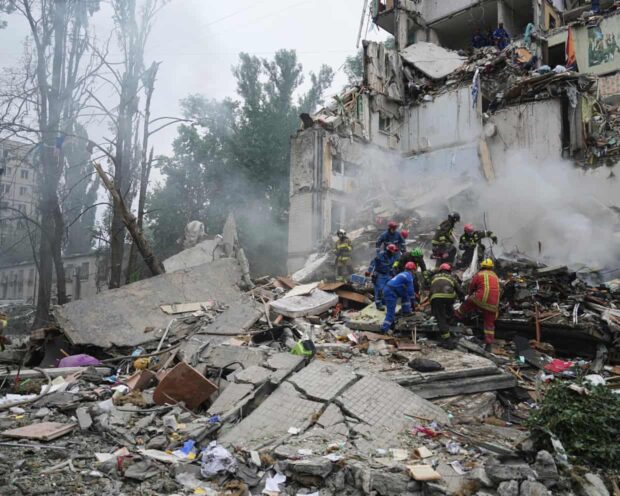
Jaish-e-Mohammad chief Maulana Masood Azhar has claimed that 10 family members and four aides were killed in India’s targeted airstrikes, conducted under Operation Sindoor as retaliation for the Pahalgam terror attack, according to PTI reports.
A statement attributed to Azhar details that those killed in the strike on JeM headquarters at Jamia Masjid Subhan Allah in Bahawalpur included his elder sister and her husband, a nephew and his wife, a niece, and five children from the extended family.
“Ten members of my family were blessed with this happiness together tonight… five are innocent children, my elder sister, her honorable husband. My scholar Fazil bhanje (nephew) and his wife, and my beloved scholar Fazilah (bhanji) … my dear brother Huzaifah and his mother. Two more dear companions,” Azhar stated, referring to the deceased as “guests of Allah.”
Expressing neither “regret nor despair,” Azhar added, “Rather, it comes to my heart again and again that I too would have joined this fourteen-member happy caravan.” He invited people to attend funeral prayers.
The 56-year-old terrorist, designated as an international terrorist by the UN Security Council, has been implicated in numerous terror attacks in India, including the 2001 Parliament attack, 2008 Mumbai attacks, 2016 Pathankot attack, and 2019 Pulwama attack. While Pakistan consistently denies knowledge of his whereabouts, his presence in Pakistan is widely acknowledged.
India launched 24 precision missiles at nine locations across Pakistan and Pakistan Occupied Kashmir in response to the Pahalgam terror attack that killed 26 civilians. Indian government sources claim over 70 terrorists were killed and more than 60 wounded in the strikes.
Indian officials have acknowledged and expressed regret for civilian casualties while emphasizing efforts were made to minimize them. Sources indicated all targets were carefully vetted and confirmed to have direct links to terrorist activity.
“The nature of asymmetric warfare, however, often sees terrorist groups embed their facilities in densely populated civilian areas, complicating any effort to avoid non-combatant casualties completely. The collateral damage was notably restrained, especially considering the scale and spread of the operation. This restraint was attributed to India’s use of precision-guided munitions, as well as the selection of targets during late-night hours when civilian presence was minimal,” a government source explained.
Government sources also suggested that Pakistan’s narrative has shifted toward emphasizing civilian impact to gain international sympathy. Defense officials provided visual evidence showing the surgical strikes’ impact was largely confined to targeted compounds.












Be the first to leave a comment